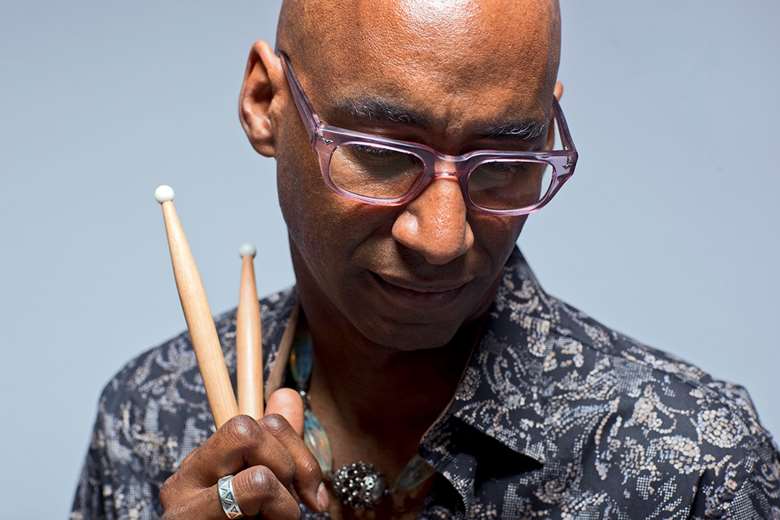Omar Hakim: The Fire Inside
Brian Glasser
Friday, March 20, 2020
Renowned drummer Omar Hakim’s passion for percussion – and for jazz – was ignited by The Mahavishnu Orchestra's The Inner Mounting Flame. He spoke with us about his fusion-fuelled epiphany


Register now to continue reading

Thank you for visiting Jazzwise.co.uk. Sign up for a free account today to enjoy the following benefits:
- Free access to 3 subscriber-only articles per month
- Unlimited access to our news, live reviews and artist pages
- Free email newsletter